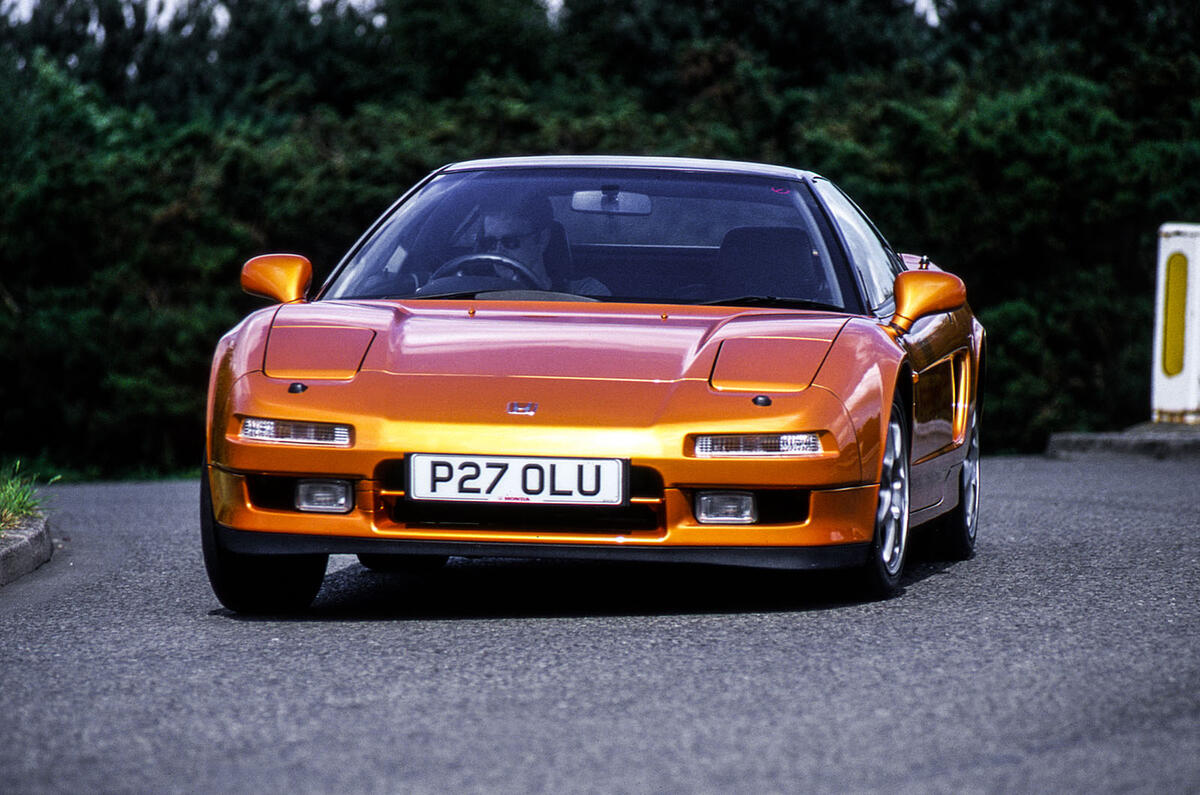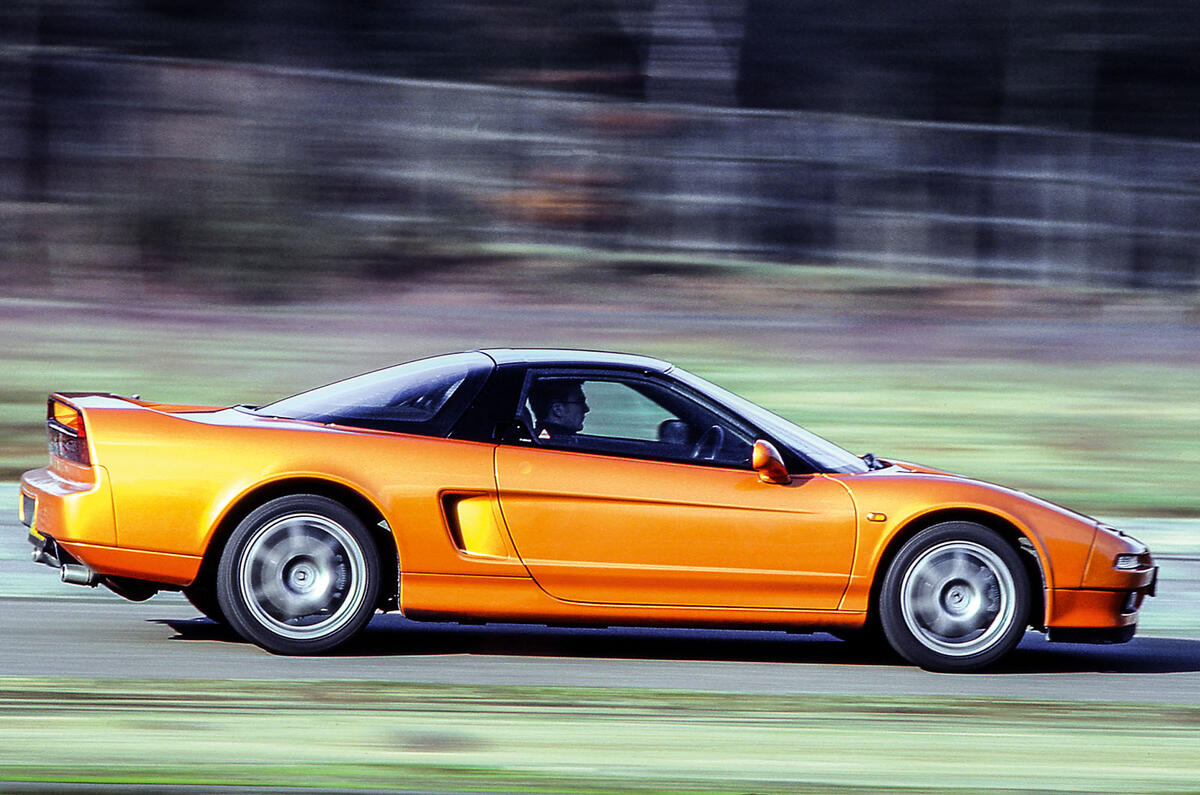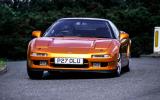Our long-awaited Honda NSX drive story— and the conclusions it reaches about the car’'s speed with usability take me back to the late 19’90s, when Autocar ran a 3.2-litre NSX V6 as a long-termer. It was a lovely car finished in a somewhat lurid orange-gold body with a black top, and it was offered to us when the solidly priced NSX was flagging against Porsches and their ilk.
The car was beautifully made, with Honda’'s first aluminium semi-monocoque body and a lot of elegant forged aluminium suspension bits when these were still rather exotic. The high-revving V6 had just been expanded and updated, and the car had one of the finest gearchanges ever seen in the entire 130-year history of the car.
Geneva update: Honda NSX prices set to start for £130,000 in the UK
In fact, the NSX was so enjoyable, so easy to use and so totally excellent (apart from being unbelievably hungry for rear tyres; we found a tame supplier) that it stayed around for years; one of our company’'s grand fromages bought it and made it his daily smoker until the odometer notched 90,000 miles.
One of my fondest memories is collecting the car at John Cooper Garages of West Sussex, then a Honda dealership and the wellspring of the traditional Mini Cooper. The Honda handover was performed by the late F1 constructor himself, and he applied his famous moniker to the inside of our engine bay to mark the moment. He was a hilarious guy, who was soon telling tales of his early racing days.
At one summer meeting in the ’1950s, he revealed, he allowed himself to be seen furtively adding Ribena to his cars'’ cooling systems, before confiding to a chatty paddock character that he’'d discovered a new way of preventing cars from boiling on the grid. He chuckled through rest of the afternoon as he watched rivals pouring blackcurrant concentrate into their own cars' bubbling radiators.











Join the debate
Add your comment
Hmmmmm?
A supercar the wife could drive to the supermarket
A car that appealed to Ayrton Senna as well as been comfortable to "go to the shops".
A very rare breadth of appeal.
It says it all...